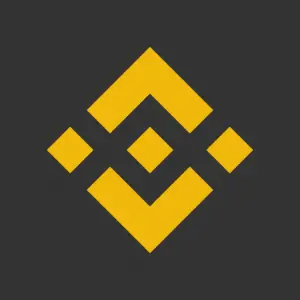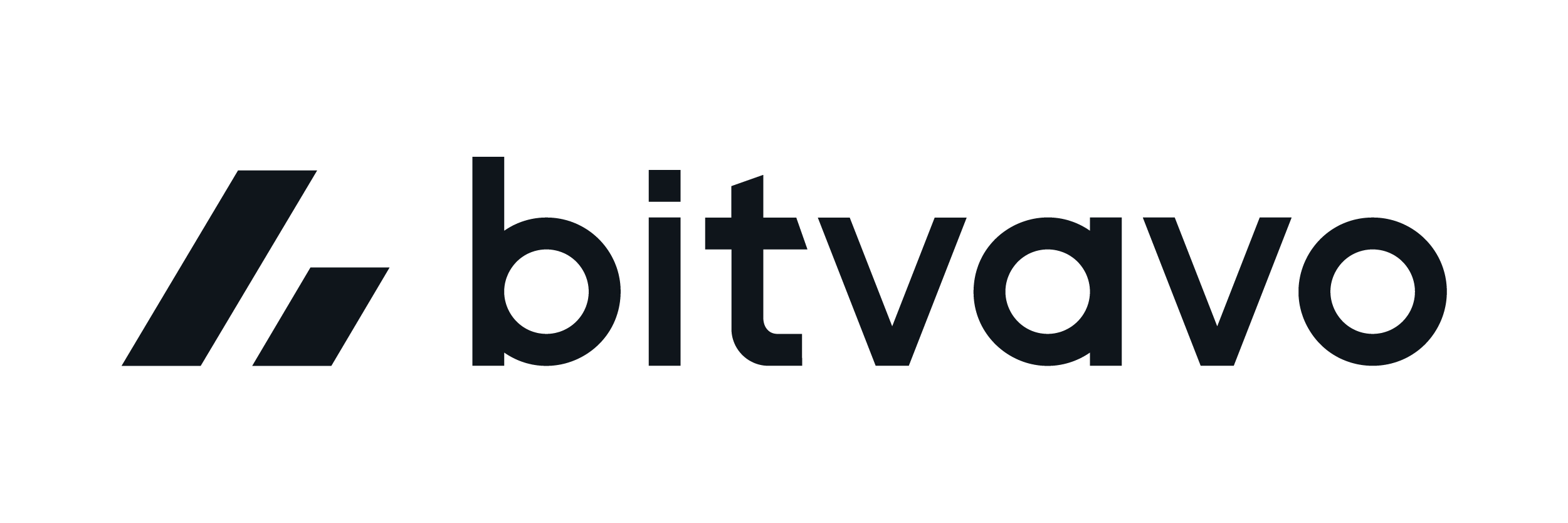Welcome to this post, where we are going to see how Blizz Finance works, and why it has been so successful, being the most liquid protocol in the Avalanche network.
Blizz Finance is a lending & borrowing protocol, which is a fork of AAVE, one of the main protocols of all DEFI. Blizz Finance seeks a different approach to AAVE and its use of the native token, to be a protocol more focused on benefiting people staking their token, which we will now look at.
What is Blizz Finance

Blizz is a decentralized, non-custodial liquidity market protocol in which users can participate as depositors or borrowers. Depositors contribute liquidity to the market for passive income, while borrowers can borrow on an overcollateralized (in perpetuity) or undercollateralized (liquidity in a block) basis.
As we have discussed, blizz Finance is a fork of AAVE. What this means is that it is a very similar platform, based on this platform, but with some changes, mostly focused on the incentives of the platform and its token.
AAVE has grown to become one of the most respected and secure protocols in the space, but Blizz wants to do things differently. The Blizz protocol has no government or investors behind it, but instead has a revenue sharing platform between token holders and liquidity providers. The protocol will always be permission-free for everyone to use equally. This is blizz’s different approach to AAVE.
Markets
The main tab of Blizz Finance is Markets. Here, under total market size you can see the amount of LTV or total locked value that is on this platform.
If we scroll down, we can see the cryptocurrencies that we can deposit and borrow. On the right we have the amount of $ there is in each cryptocurrency deposited, and if we follow the amount that is borrowed. Further to the right, the annual % for depositing that cryptocurrency in blizz token and in borrow, the cost for borrowing that cryptocurrency.
You will be able to see below the %, both in deposit and borrow an APR with the blizz token, this is the incentive offered by the platform for more people to use it. Where they will pay you the percentage you see extra, whether you deposit or borrow. Which makes borrowing cheaper, since they are paying you for it.
Both to earn an annual % for depositing, as well as for borrowing, you will first have to deposit funds, and that is what we are going to see now. Although it is important to know that the tokens you receive, are locked for 3 months, and if you want to unlock them before, you are going to receive 50% less tokens. This is a way to protect the token from having constant selling pressure, although the 3 months blocking, also makes that every so often there is a massive sale.
Deposit
We go to the top menu, to the deposit part. For this example, we will use the AVAX token, for example, to see how it works.
In deposit, we click on the cryptocurrency we want to deposit, in my case AVAX. In amount, we can indicate the amount we want to place, and if you want to place it all, you can click on max. Remember to always leave a part to pay for commissions if it is the native token of the platform.
We indicate the amount, click on continue, deposit, confirm in your wallet and ready, you will have deposited the cryptocurrency in blizz.
There are aspects that we should look at, such as the historical APY, which is the annual % that we will receive and its evolution, to see what we can expect to earn for depositing. The other important aspect if you want to borrow, is the Maximum TVL and Liquidiation threshold. These two variables are basically the amount you can borrow with this collateral, for example, 50%. If you have placed $1,000 of Avalanche, you can borrow maximum $500 of any cryptocurrency.
The other variable, is when you are going to be liquidated, if the price of either cryptocurrency varies. Either the one you have deposited will fall in price, or the cryptocurrency you have borrowed will rise sharply in price. Let’s assume that the liquidation threshold is 65%. If you have placed $1,000 of AVAX when each cryptocurrency was worth $100, and you have borrowed $500 of USDC, if the value of AVAX falls, your position will be liquidated and your AVAX will be sold in order to pay for your debt. In this case, if AVAX is worth 75, and therefore your AVAX is worth $750, as the $500 you borrowed represents 65%, your position will be liquidated.
The protocol has a penalty for being liquidated, for example 10%, that you can see in liquidation penalty, which means that if you are liquidated you will lose that % of the total. Therefore, it is very important to avoid being liquidated under any circumstances.
Borrow
Now that you know how the collateral system works, let’s see how to borrow. To do this, we will go to the borrow tab. If you have already deposited your funds, you will see in each cryptocurrency how much you can borrow, in available to borrow. And in variable APY the % you will have to pay annually to borrow that cryptocurrency.
Click on the cryptocurrency you want, for example, USDC. Now you will see an interface similar to that of deposit, but there are relevant aspects, such as the available to borrow, which is the maximum you can borrow, although it is not recommended, because of the risk of liquidation.
Underneath, you will see a bar, which will indicate how safe or risky the amount you wish to borrow is, in relation to what you have on deposit. Here, indicate the amount you consider appropriate to borrow, always taking into account the risk of being liquidated, and the penalty for it. It already depends on the risk that each one wants to assume the amount and health factor to select.
Click on continue, variable APY, continue, borrow, confirm in your wallet and that’s it. This way, you have already deposited cryptocurrencies, and you have been able to borrow using the collateral you have deposited.
In My dashboard, you will be able to see all your positions, both deposits and loans with useful information, and manage your positions from here. At the top right, you can see the rewards you have generated for depositing funds, and you can at any time click on repay to repay your loan or a part of it. You can also withdraw the money you have deposited.
Stake
In stake you can staking the native token of the platform, blizz Finance or also block your blizz tokens, to obtain another type of benefit. These are:
For users using lending & borrowing:
Blizz rewards last for three months, but can be claimed early with a 50% penalty. If you sell a reward early you always incur a 50% penalty, regardless of how early or how late you decide to withdraw it. The 50% penalty paid is continuously distributed to those who have blocked blizz.
For Blockers:
Block dates are grouped by week. All blocks between Thursday at 00:00 UTC and Wednesday at 23:59 UTC are grouped in the same group of weeks, and will be released at the same time three months later. The locked blizz is subject to a mandatory three-month lock, and cannot be unlocked early. The blocked blizz reward can be claimed at any time without penalty. You will keep the APR for blocking the blizz after the three-month lockout until you claim the newly unlocked blizz.
In Staking:
In staking you will be able to receive part of the commissions that the platform gets for the use of the platform and stop staking your blizz at any time, without having to wait 3 months or a period to get your tokens back. This is the main difference between staking and blocking tokens in blizz.
Risks
Despite being one of the main platforms on the Avalanche network, there are also risks when using blizz. So let’s see what they are.
A risk that we can find in most platforms, is in a hack or error of the Smart contracts. Even though the platforms is a fork of a very secure platform, it is always possible, although very unlikely, that there is a bug in your smart contracts, and it affects the platform.
The risk of a market collapse, as has happened on some occasions, where the market generally drops by 50%, your position may be liquidated if you have borrowed. With the penalty that this entails, plus if the market recovers before you can buy or sell what you have from the loan, it can greatly affect your position.
Another risk, is over leverage, or using too much leverage on very volatile cryptocurrencies. If you use the maximum LTV (Loan to Value), it is very likely that if the market has some moment of high volatility, your position will be liquidated, having very little margin between your collateral and the amount you have borrowed.
Another risk for people who use the protocol because of the high annual %, is the devaluation of the token. Which actually makes the APR you see, lower. Since if the token is falling in price and you have it locked for 3 months, when you can unlock the tokens to sell them, they will actually be worth much less than before.
I hope this has helped you to learn more about how Blizz Finance works and how you can use this protocol. Remember, if you don’t have an account with binance, you can create one just below.
Platform: Binance
Min. deposit: $10
License: Cysec
Very low commissions
Exchange with more cryptocurrencies


